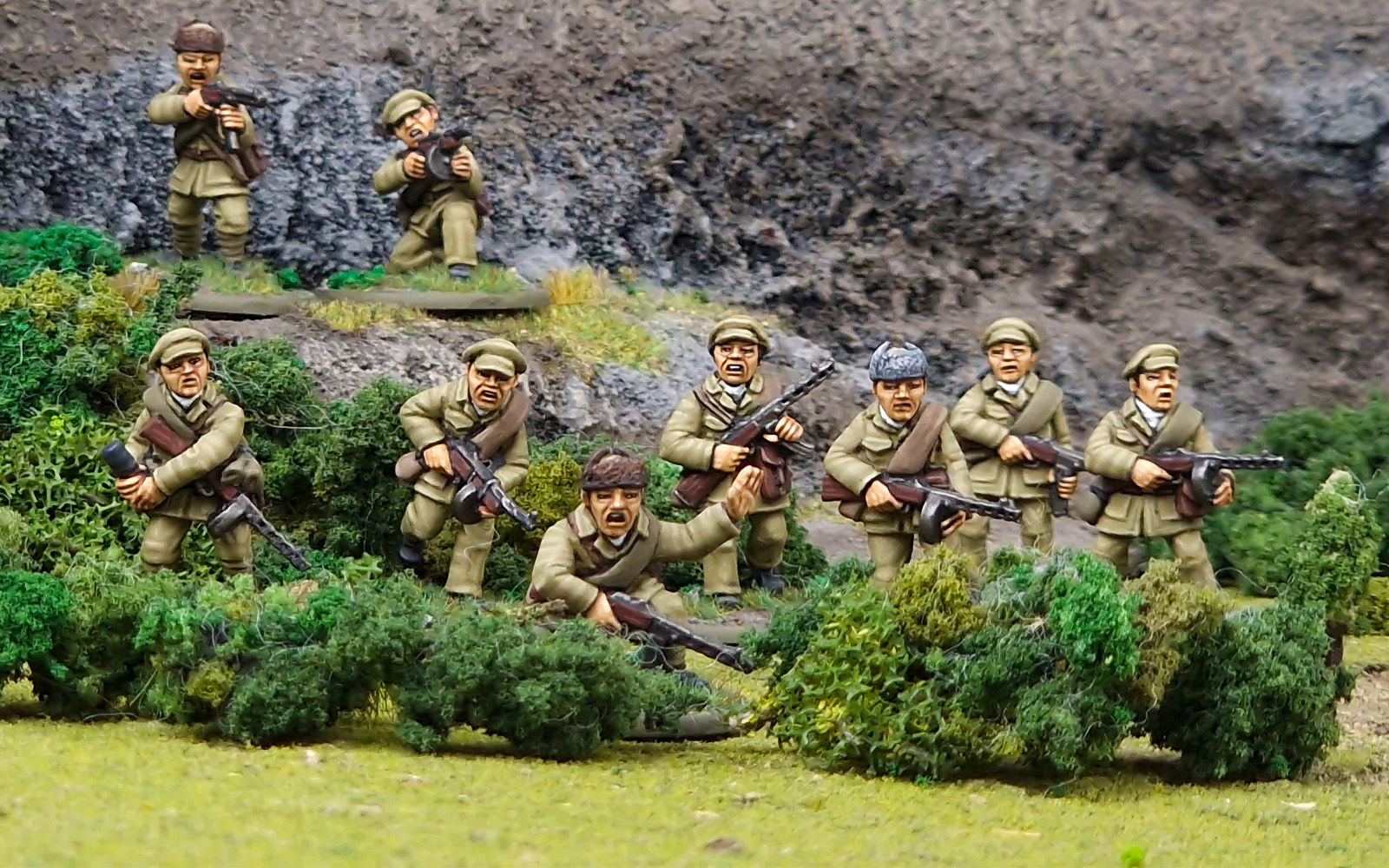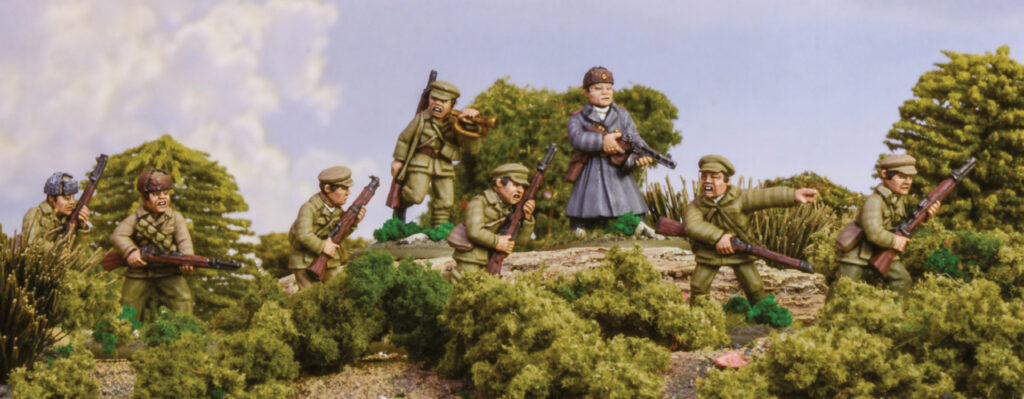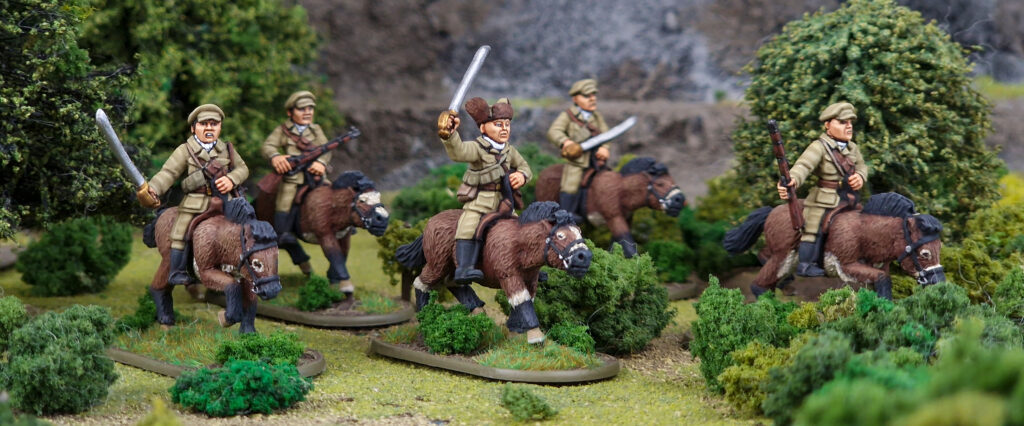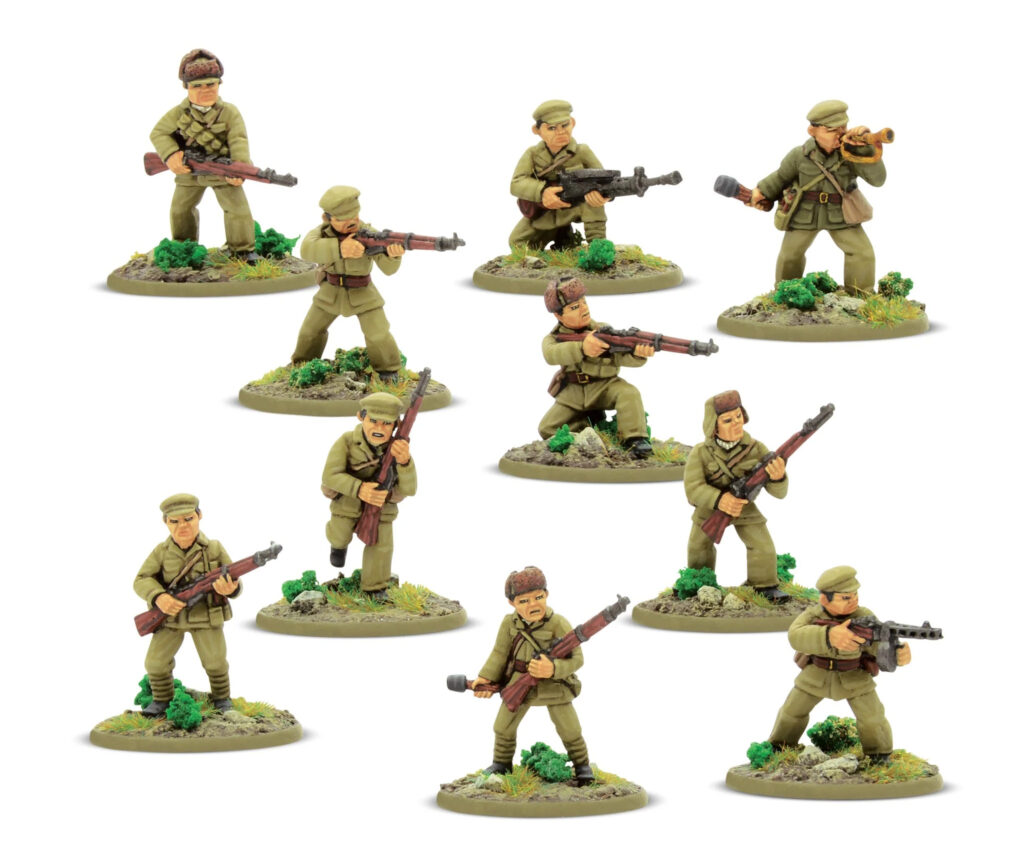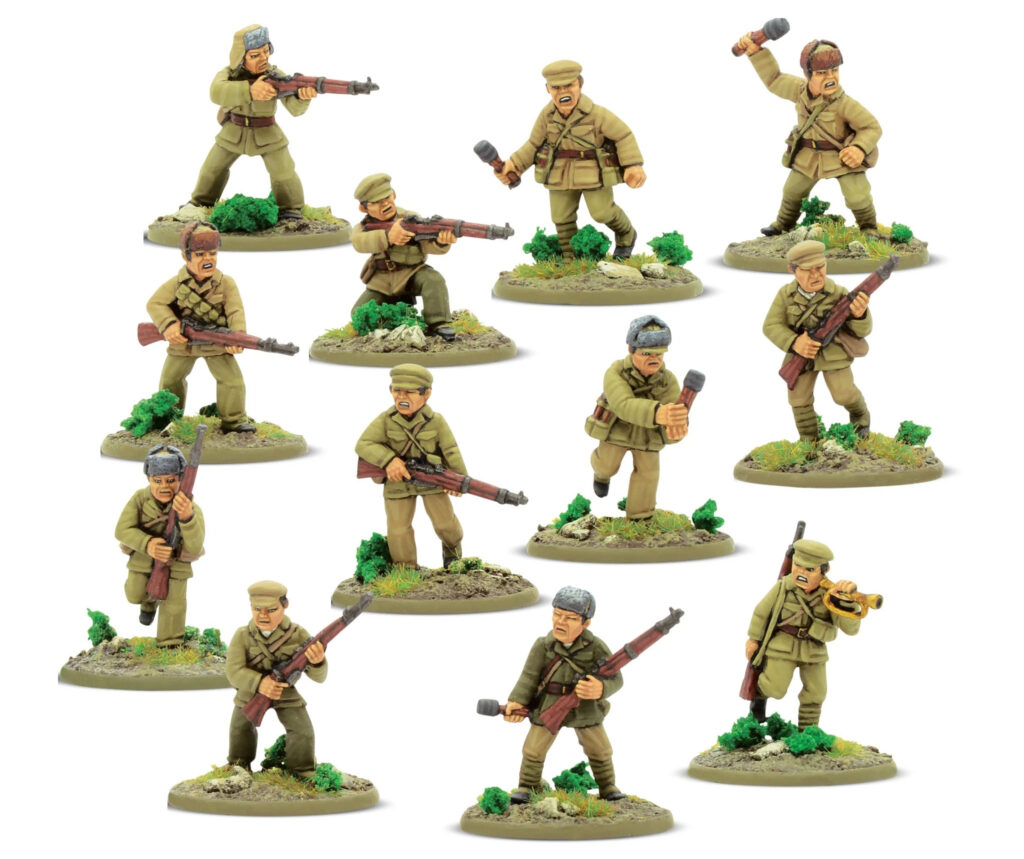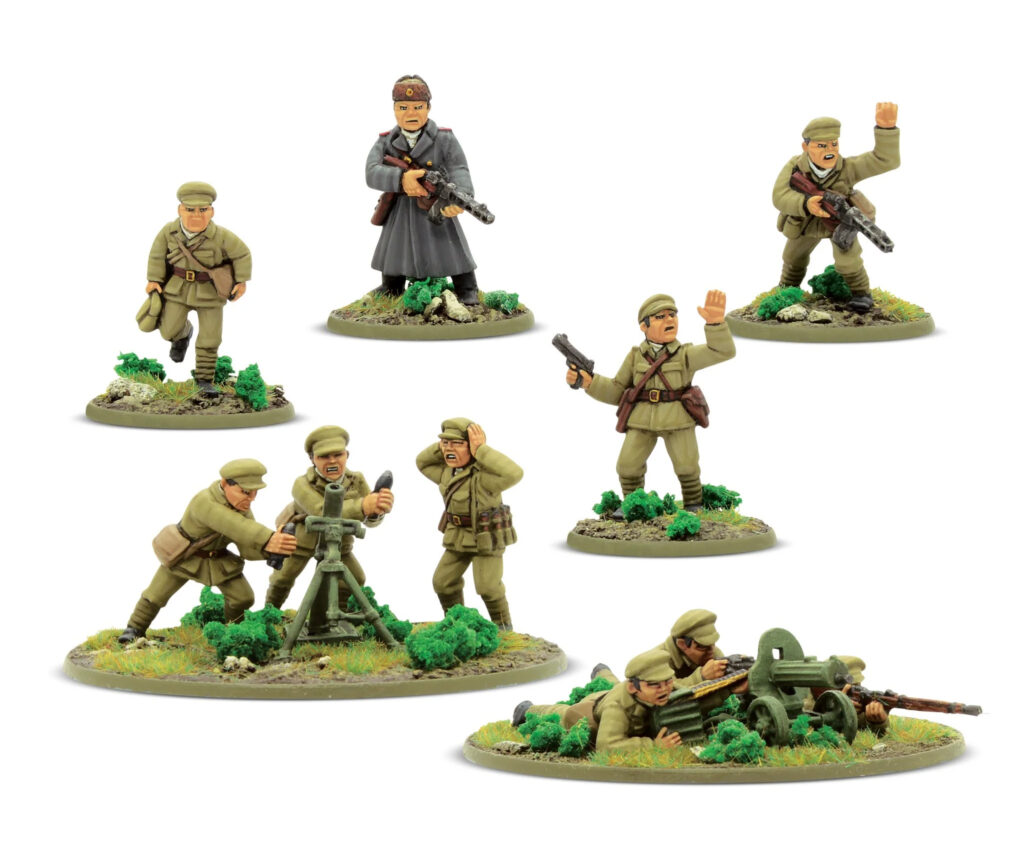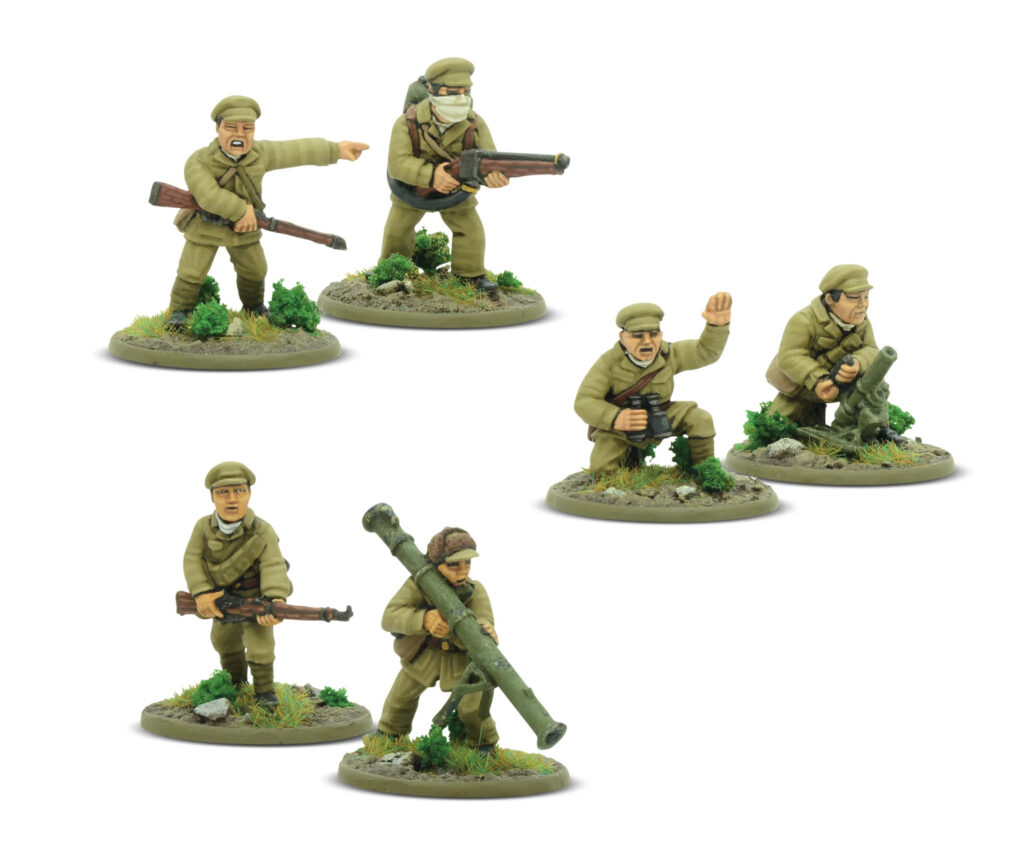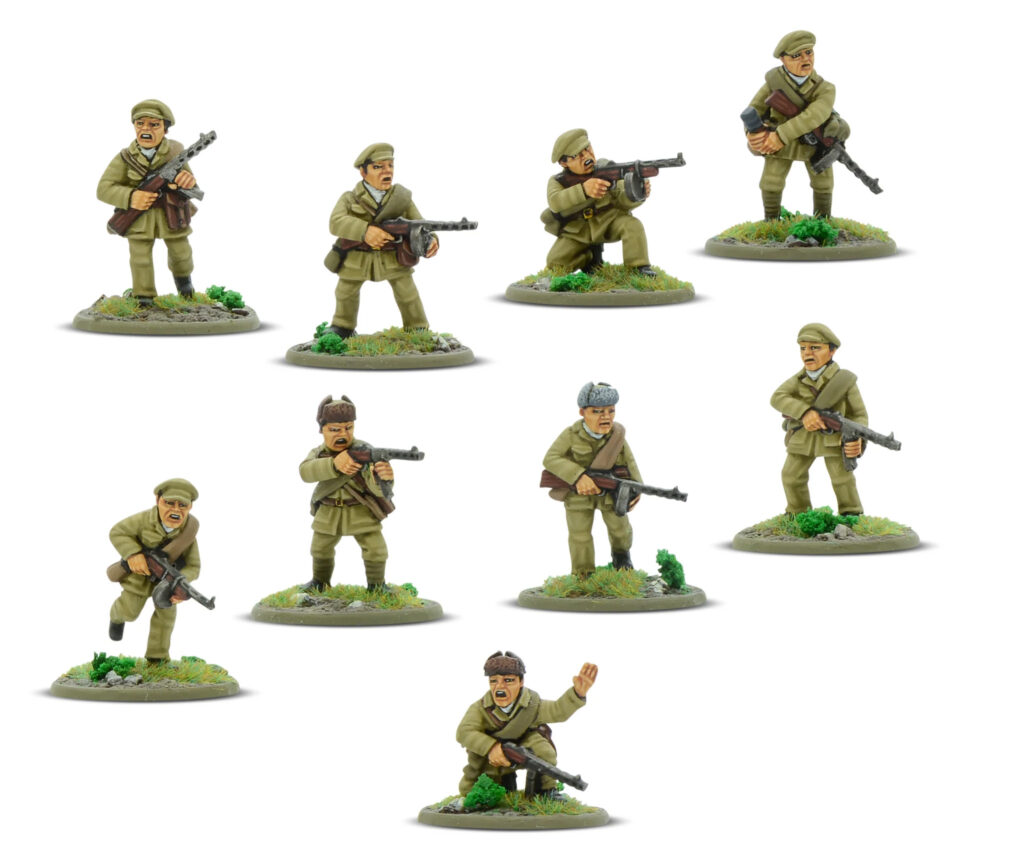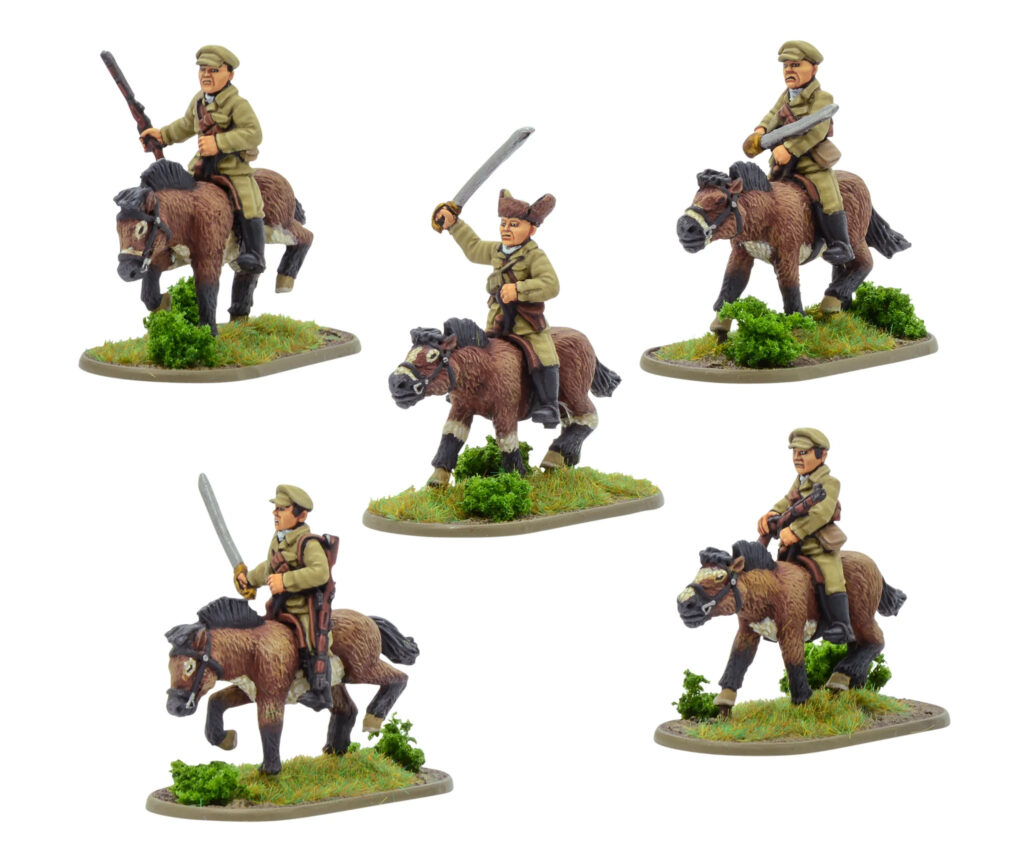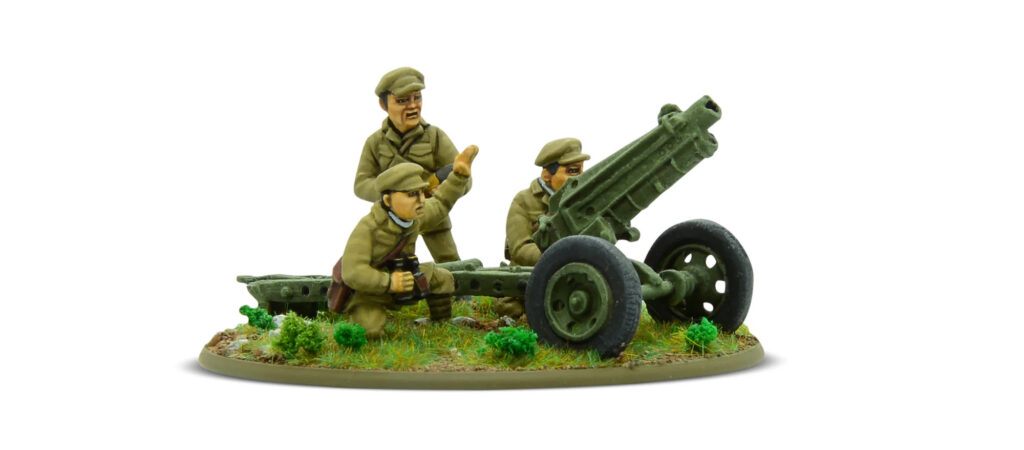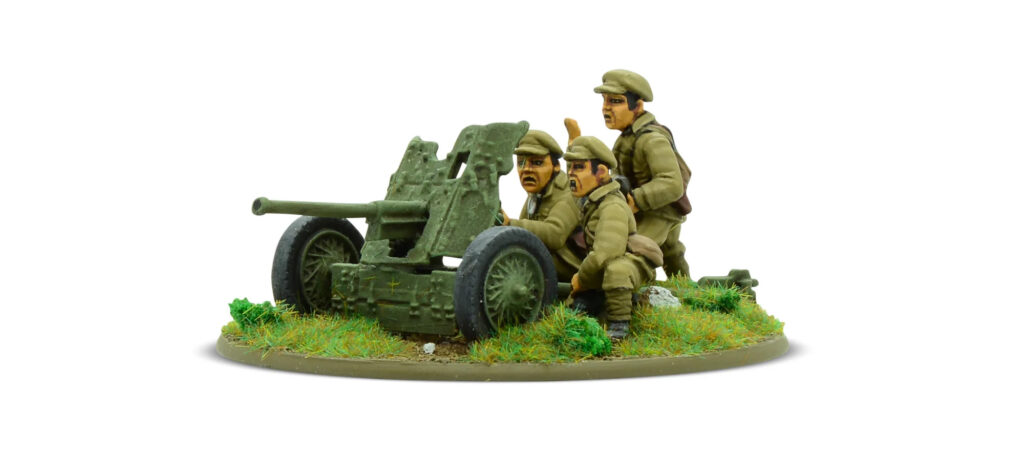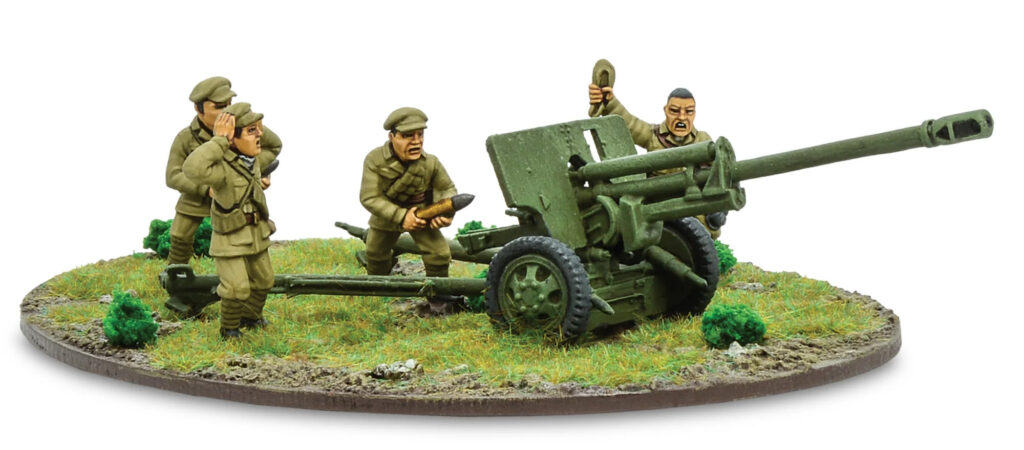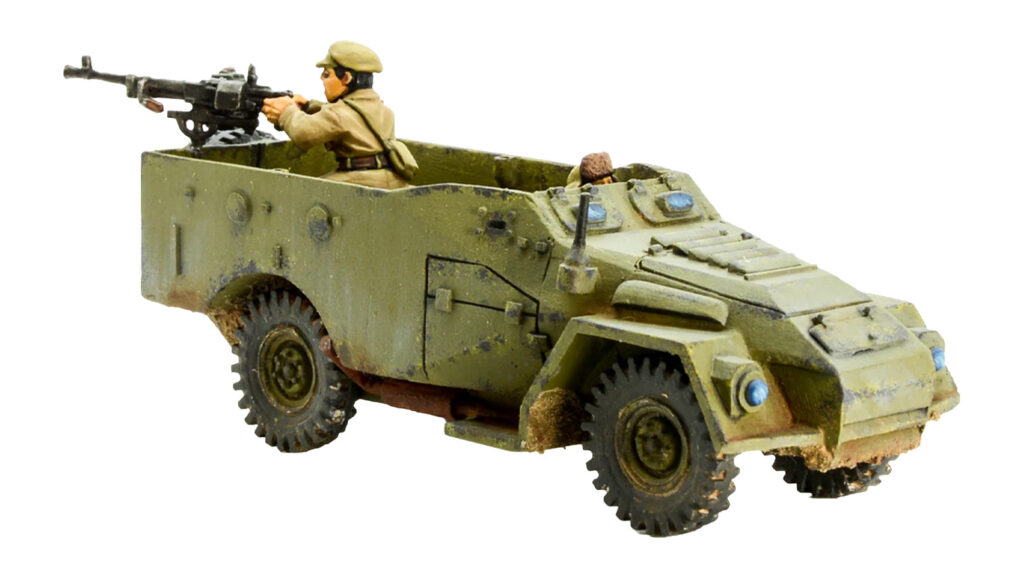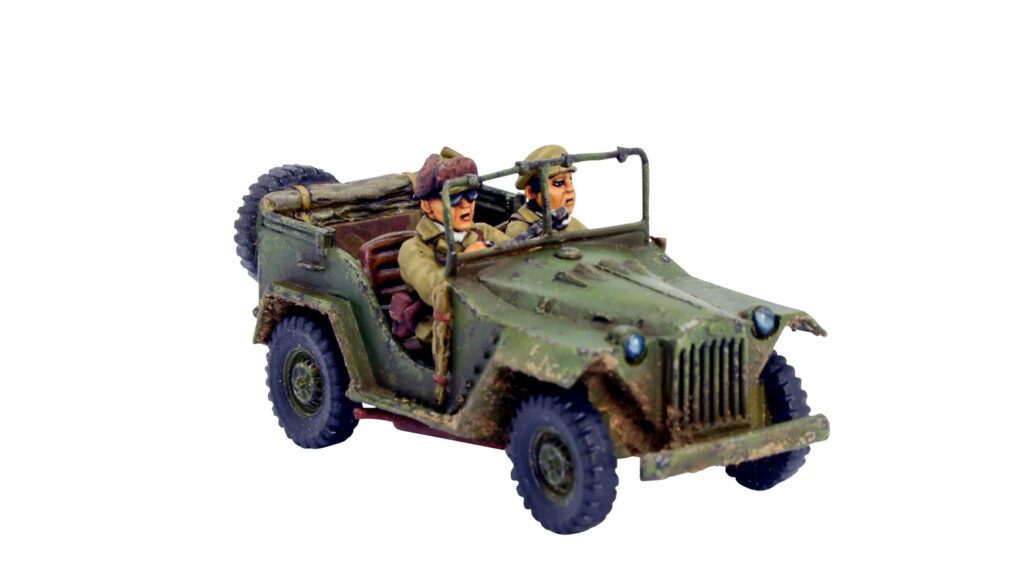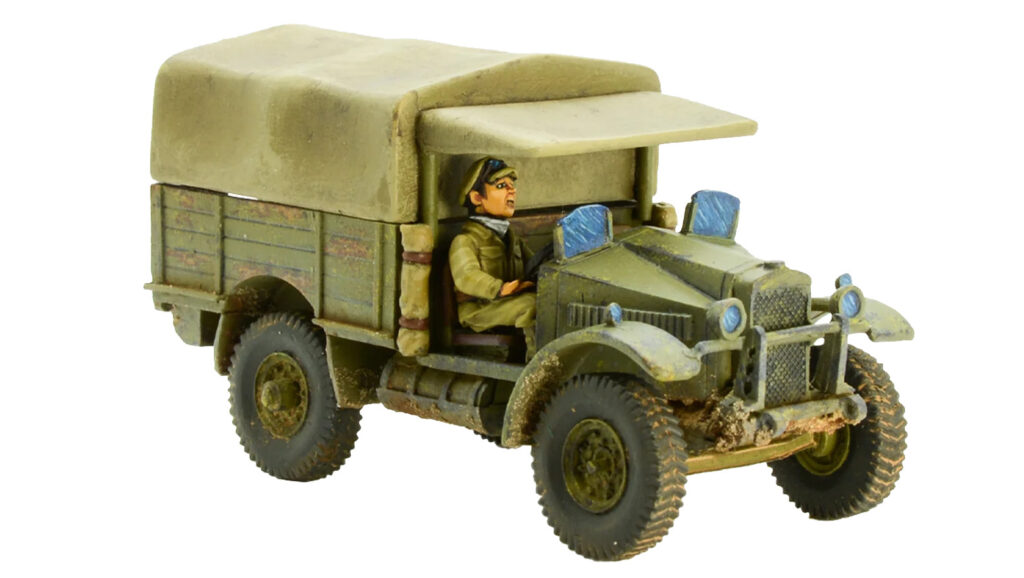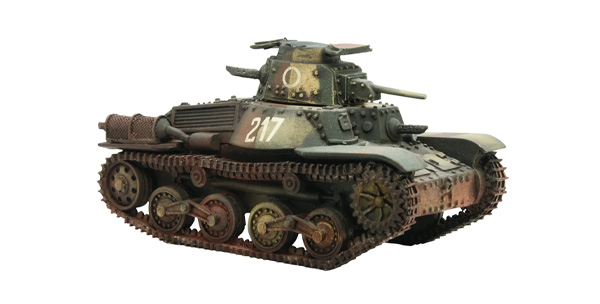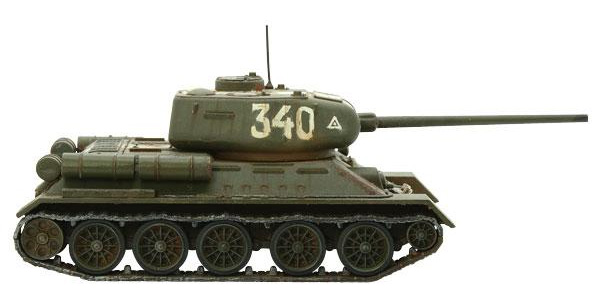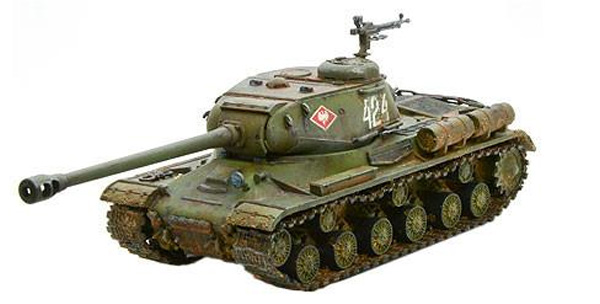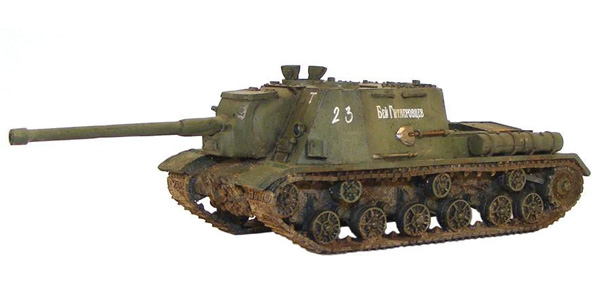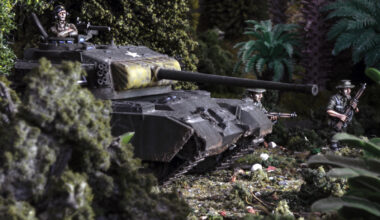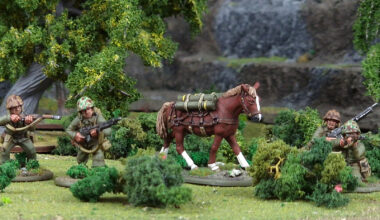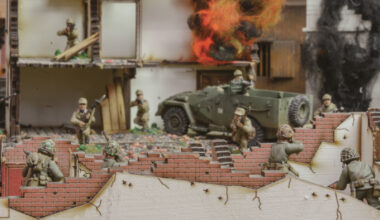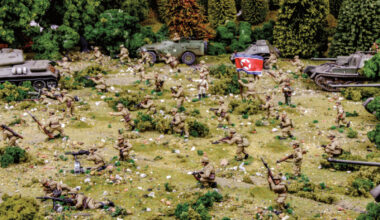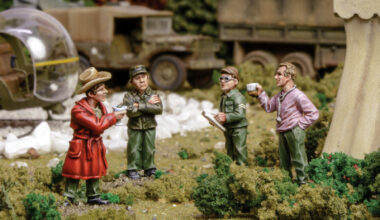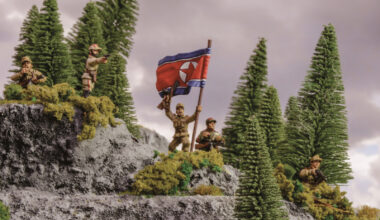Though the Chinese were consulted prior to North Korea’s attack on the south, they did not initially expect to participate in the conflict. The lightning-fast UN response in the defence of South Korea came as a shock. They were embittered after years of civil war, which had only been interrupted by the war with Japan. The internal hostilities had only concluded in 1949, and with Japan superseded by the US as the dominant ‘Imperial’ force in the Pacific, the Chinese considered them a grave threat.
When UN forces began to approach the border at the Yalu River; tensions snapped. The maneuvres seemed to mimic a previous Japanese incursion into Manchuria, and fearing a repeat of this, the Chinese sent a diplomatic warning through the Indian ambassador to the US government; they should not cross the 38th Parallel or they would face Chinese assistance for North Korea. This warning was ignored. Thus in November 1950, the Chinese, numbering over 130,000, crossed the river to repel the ‘imperialists’.
Calling their soldiers ‘volunteers’, as a way of avoiding all-out war with the US, the initial campaign featured tough, dedicated troops; battle-hardened both by the Civil War and by war with Japan. They were under-equipped, lacked air support, and had no tanks, but were masters of camouflage, infiltration, night attacks, and guerrilla warfare.
The PVA in Bolt Action
The armies of China present a unique challenge for a Bolt Action player, both as an army to wield and a force to play against. Make no mistake, this is an infantry fighting force that cannot rely on the support of tanks or aircraft and has limited artillery availability. What it does have, is a bucketload of manpower to call upon, and YOU, a wily Bolt Action Commander. Call upon the Conscript Levy army special rule, which grants you a free 12 man-rifle squad, make best use of ‘You men Snap to’, and use Sparrow Tactics to gain a foothold on more favourable positions before battle commences.
Sparrow Tactics
The People’s Volunteer Army was a lightly armed and highly mobile infantry force. To represent this in Bolt Action, regular and veteran PVA Infantry are allowed to make a free move after set-up.
Let’s take a look at the miniatures available for the Chinese People’s Volunteer Army in Bolt Action Korea:
Infantry
A Chinese infantry squad consists of 10 men led by a Corporal. Submachine guns were uncommon, but some units were issued with Soviet PPSh-41s. The Czechoslovakian-designed and locally made Zb vz. 26 served as the squad’s light machine gun. The remaining riflemen carried the Hanyang 88 rifle.
A large portion of the Chinese PVA was made up of conscript peasant soldiers and soldiers captured during the Civil War. Some soldiers had actually surrendered during the Civil War and were forcibly conscripted. Loyalty and capability remained in question for these conscript squads. Some soldiers had very little military training and were armed with rifles and shoulder satchels full of grenades. These units proved to be unpredictable in battle, some fought with distinction, while others needed more encouragement from a political officer.
Bugles
The Chinese made extensive use of bugles for communication. These were not intended as tools of psychological warfare, but nevertheless had an unnerving effect on those UN troops who heard their shrill calls.
Officers of the CCP army were selected on past military experience and political ideology. CCP army officers did not carry swords like Japanese officers. They had titles, not ranks; for example, Platoon Commander or Company Commander, rather than Lieutenant or Captain.
The Type 24 machine gun was a Chinese-produced copy of the MG08/15 Maxim machine gun. The Chinese would make use of captured US .30cal MMG and make copies of the .30 cal.
The Chinese had a fair number of medium mortars in the infantry battalion, typically utilizing the Russian model 82mm and the 81mm Brandt Mle 27/31 medium mortar. The Chinese PVA formed small batteries of three tubes in an infantry battalion’s weapons company and six-tube batteries in a battalion mortar company.
The Chinese used flamethrowers in relatively large numbers during the early battles of the Second Sino-Japanese War. The success of the weapon system demonstrated the effectiveness in pushing defenders out of a fortified position. Flamethrowers were sourced from Germany and later from the Western Allies, the Soviet Union, and captured from the Japanese.
The 2.36” American Bazooka was easily copied and widely used during and after WWII. The older and original version was very effective against the tanks and fortifications of the Chinese Civil War but near useless against heavier US tanks. The Bazooka could still take out or damage the M24 Chaffee and the various M4 Shermans.
The PVA had a variety of light mortars ranging from the Soviet 50mm mortar to the captured Japanese Type 10 and Type 89 knee mortars. Later in the war, the Chinese made a very effective copy of the US 60mm mortar. Each Rifle Company had three 60mm mortars to form a single platoon battery.
Much like their Soviet counterparts, the CCP Army learned the valued lessons of massed assaults with submachine guns. In a PVA rifle company, two submachine squads were in the company headquarters, providing firepower when needed. These submachine gun squads served as scouts, point security, lead in the attack, and could also be divided out if the commander needed. A mix of weapons were issued, the standard PPSh and the US Thompson submachine gun from WWII.
Artillery & Anti-Tank Guns
The small calibre 75mm M1A1 was a light pack howitzer widely used during WWII and the civil war in China. This was the same 75mm used by US Airborne forces in WWII. Chinese Nationalists were initially supplied with this weapon by the Americans for use in the Burma campaign. The 75mm M1A1 proved highly effective in the mountains of Korea when available.
The Soviet-produced 45mm Model 1937 light anti-tank gun was based on the German 37mm PaK 36 design. The AT gun looks much the same as a PaK 36 or PaK 40 constructed and housed on the same carriage.
Late in the war the Soviets began sending surplus equipment and munitions to communist forces in northern China in preparation for a Soviet attack on Japan. The Zis-3 76.2mm rapid-firing semi-automatic anti-tank gun fired 25 rounds a minute and was originally designed to penetrate heavy German armour
Armoured Cars, Transports & Tows
Arriving on the battlefield at the same time for the PVA as the KPA, the BTR-40 was a new means of transportation for the Chinese. Trained to be a light infantry force the BTR-40 was initially used as a prime mover. However, the capability to use it as a troop transport in a limited fashion was obvious. Lacking the numbers to create an armoured spearhead with tanks caused the PVA to use these in limited roles. The air superiority of the UN forced the PVA to hide these valuable pieces of equipment.
The GAZ 67 command car was inspired by the US-built jeep, and bears a superficial resemblance. The PVA would obtain many of these vehicles from their Allies, the Korean Peoples Army.
Tanks
The Type 95 Ha-Go was the most common Japanese light tank of the Second Sino-Japanese War. Designers sacrificed armour protection for speed and mobility. A number of these tanks were captured by Chinese armed forces during the Civil War. The PVA would use a limited number as scouts for the heavier T-34/85s and for the artillery.
Surplus T34/85s from Russian were transferred to the PVA and the KDP after World War Two. Tank crews were trained on their implementation by Soviet trainers. It was a highly versatile armoured vehicle for the PVA and KDP. At the start of the conflict this tank saw a lot of action and was feared by the UN forces. However, due to combat attrition and the nature of the Korean landscape this tank had limited deployment and was not fully utilized in a combined arms approach to warfare. The lack of logistics to keep the tanks running, fuelled and stocked with ammunition kept China from using the T-34/85 to the fullest capability.
The IS-2 made rare appearances on the battlefields of North Korea because they were expensive to China and expensive to maintain.
